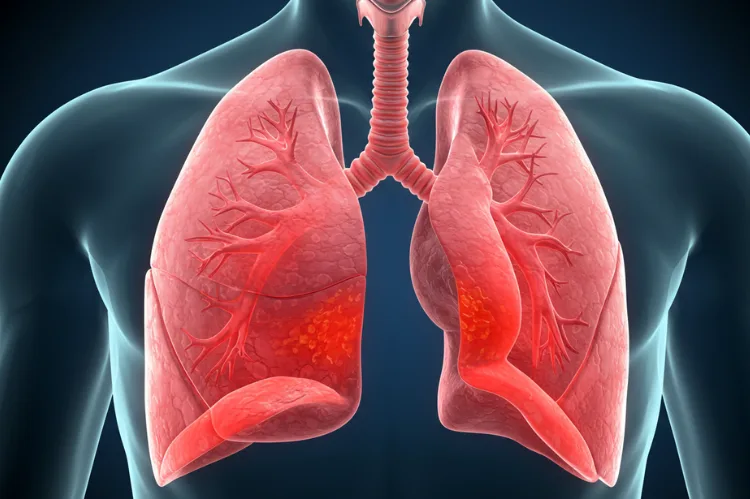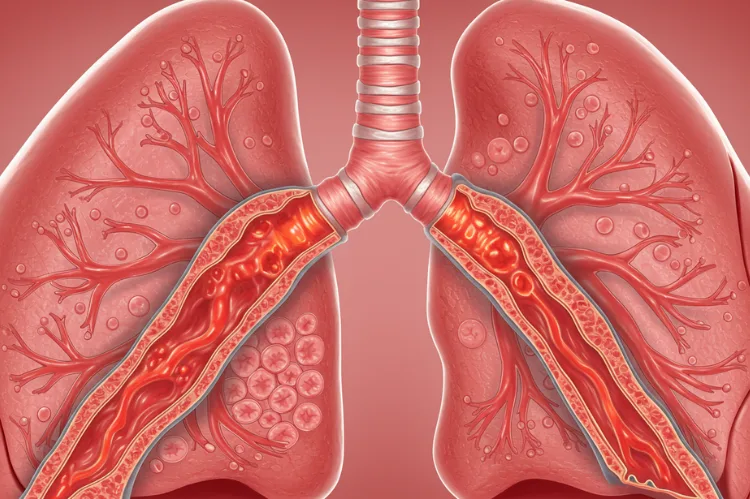Mold is one silent evil that is present in most households. It can mostly be found in wet grounds that spread unnoticeably. Whereas some believe it is merely a superficial problem, mold can be dangerous to health. Daily intake of the mold spores in the air can cause allergies and breathing difficulties.
It is more harmful for people with asthma or weak lungs. It affects even healthy people. Mold exposure may cause an irritating cough, chest tightness, or wheezing. Due to this, one should be aware of the impact of mould on breathing. This blog describes the relationship and the indicators you should not disregard.
What Is Mold and Why Does It Matter?

Mold is fungi that grow in moisture. It cultivates on walls, in ceilings, carpets, or even furniture. Mold causes spores to be released in the air, and they are small, hence easy to inhale. When inhaled, they can irritate the respiratory system.
It is thus not always harmless to be exposed to molds. Not every mold can be toxic, but breathing complications may be caused by many of them. Above all, there is an enhanced risk to health over time. Thus, get to know more about mold to keep your lungs safe. Simply put, awareness assists in not only minimizing discomfort but also preventing potential harm.
How Mold Affects the Respiratory System?

Exposure to mold spores through the airways can be irritating. The body responds to this by sneezing or coughing to get them out. In sensitive younger people, the effect is increased. The mold may irritate the nostrils, resulting in obstructed respiration. With time, the cases of respiratory diseases may become even more severe because of mold exposure. As an illustration, asthmatic people can experience increased attacks.
Furthermore, mold toxins or mycotoxins can harm lung tissues. In other words, the stress can be pretty high even with mild exposure. It is therefore essential to regulate the growth of mold at home.
Common Breathing Problems Linked to Mold
Mold can cause various respiratory problems once exposed to it. Some start as mild and worsen over time.
- Coughing and throat irritation: A Constant cough is provoked by continuous inhalation of the spores.
- Breathing difficulties: Mold decreases air movement, particularly in enclosed areas.
- Wheezing: Lungs that are irritated result in noisy breathing.
- Chest tightness: Patients have difficulty expanding their lungs.
- Chronic sinus problems: Mold also causes problems with the nasal passage.
Most importantly, neglecting these symptoms would have more serious effects on your health because of mold. So, urgent actions are preferable in any case.
Mold and Asthma Complications

Mold exposure is particularly harmful to asthmatics. Mold spores are capable of causing an acute attack of asthma. What is more, tiny doses result in the inflammation of the airways. Mold may accelerate the condition of children with asthma. Even adults can be at a higher risk of the attacks occurring indoors.
Also, repeated exposure can lead to the ineffectiveness of inhalers. Mold, in other words, enhances asthma incidence and severity. Thus, it becomes necessary to exclude mold in residential areas to facilitate asthma control.
Allergic Reactions That Impact Breathing

Mold is more sensitive to some individuals than others. When these people encounter this, they develop allergic reactions to it. Take an example of floor allergies, which may result in cases of runny noses, sneezing, or red eyes. Most importantly, these allergies also impede air flow in the nasal cavities.
As a result, one has difficulty breathing. With time, they may turn into chronic allergic reactions in the presence of mold. In a better explanation, allergic rhinitis can develop into asthmatic breathing difficulties. Then the fastest and most reliable mold removal services in Singapore offer the most effective protection.
Mold and Chronic Bronchitis Risk

The bronchial tubes may be irritated by mould spores. Over time, this irritation can progress to chronic bronchitis. Bronchitis leads to the inflammatory reaction of the airways and painful breathing. The symptoms involve a nagging cough, mucus, and chest pains.
Furthermore, individuals who already have some lung-related problems are at higher risk. As an illustration, people who smoke and are exposed to mold will get serious complications faster. And above all, untreated bronchitis could develop into permanent respiratory disability. Due to this, mold removal is no longer only beneficial but needed.
Who Is Most at Risk?
Not all people have the same reaction to mold. Some groups are more susceptible.
- Children and infants: They have not yet fully grown lungs.
- Older adults: Sensitive because of weaker immunity.
- Asthma sufferers: Mold aggravates attacks.
- Allergic patients: Increased sensitivity to spores of molds.
Immunocompromised patients: Severe infections are possible.
That is why families with such members need to remain more cautious than others. Most importantly, frequent cleaning and checking should be done.
Signs Your Breathing Problems May Be Mold-Related
Sometimes, it is difficult to determine whether it is mold or not. But some signs directly lead to exposure to mold:
- The breathing is better outside the house.
- The symptoms aggravate in wet rooms.
- Medication for allergies does not help a lot.
- The house has a musty smell.
When you see these, look at the possibility of mold as the cause. As a result, it can be promptly addressed to avoid deteriorated health.
Preventing Mold for Better Respiratory Health
Prevention is the best way to ensure the safety of your lungs. The prevention of mold is provided through easy but effective measures.
- Use dehumidifiers to keep indoors dry.
- Repair leakages and water damage promptly.
- It is essential to ventilate kitchens and bathrooms.
- Wet dirty surfaces with mold-resistant solutions.
- Apply air purifiers that contain HEPA filters.
Thus, mold prevention secures health and the house. Above all, it guarantees your family’s safety in the long-term perspective.
The Bottom Line
Mold is not just an aesthetic issue in the home. It directly impacts the health of the lungs and brings about breathing difficulties. Wheezing and coughing to asthma attacks; the risks are not just imaginary. What is more, children and older people are at increased risk.
The encouraging fact is that mold can be prevented with a few tips. Ventilating, repairing leaks, and washing damp spots also help. But severe cases of the infestation might need professional assistance. Nobody should compromise breathing, and the abandonment of the mold should not be overlooked. Take action in time to defend your home and your lungs.
Read Next: Mental Health in Kids: Recognizing the Signs and Supporting Your Child











